Jan van Eyck was an Early Netherlandish painter active in Bruges and one of the most significant Northern Renaissance artists of the 15th century. Outside of the Ghent Altarpiece completed with his brother Hubert van Eyck, and the illuminated miniatures ascribed to Hand G—believed to be Jan—of the Turin-Milan Hours, only about 25 surviving works are confidently attributed to him, all dated between 1432 and 1439.
Little is known of his early life. The few surviving records indicate that he was born c. 1380–90, most likely in Maaseik. He took employment as a painter and Valet de chambre with John of Bavaria-Straubing, ruler of Holland, in the Hague around 1422, when he was already a master painter with workshop assistants. After John’s death in 1425, he was employed as court painter to Philip the Good, Duke of Burgundy, in Lille, where he remained until 1429 after which he moved to Bruges, working for Philip until his death there in 1441. It is known that he was highly regarded by Philip, and undertook a number of diplomatic visits abroad on his behalf, including to Lisbon in 1428 to arrange the Duke’s marriage contract with Isabella of Portugal.
Van Eyck painted both secular and religious subject matter, including commissioned portraits, donor portraits (with the donor kneeling before a seated Virgin Mary) and both large and portable altarpieces. He worked on panel, either as single panels, diptych, triptychs, or polyptychs. He was well paid by Philip, who sought that the painter was secure financially and thus had artistic freedom and could paint “whenever he pleased”. His work comes from the International Gothic style, but he soon eclipsed it, in part through a greater emphasis on naturalism and realism. Van Eyck utilized a new level of virtuosity, mainly through the use of oil as a medium; the fact that oil dries so slowly allowed him more time and more scope for blending and mixing layers of different pigments. He was highly influential and his techniques and style were quickly adopted and refined by Robert Campin and Rogier van der Weyden and later generations of Early Netherlandish painters.


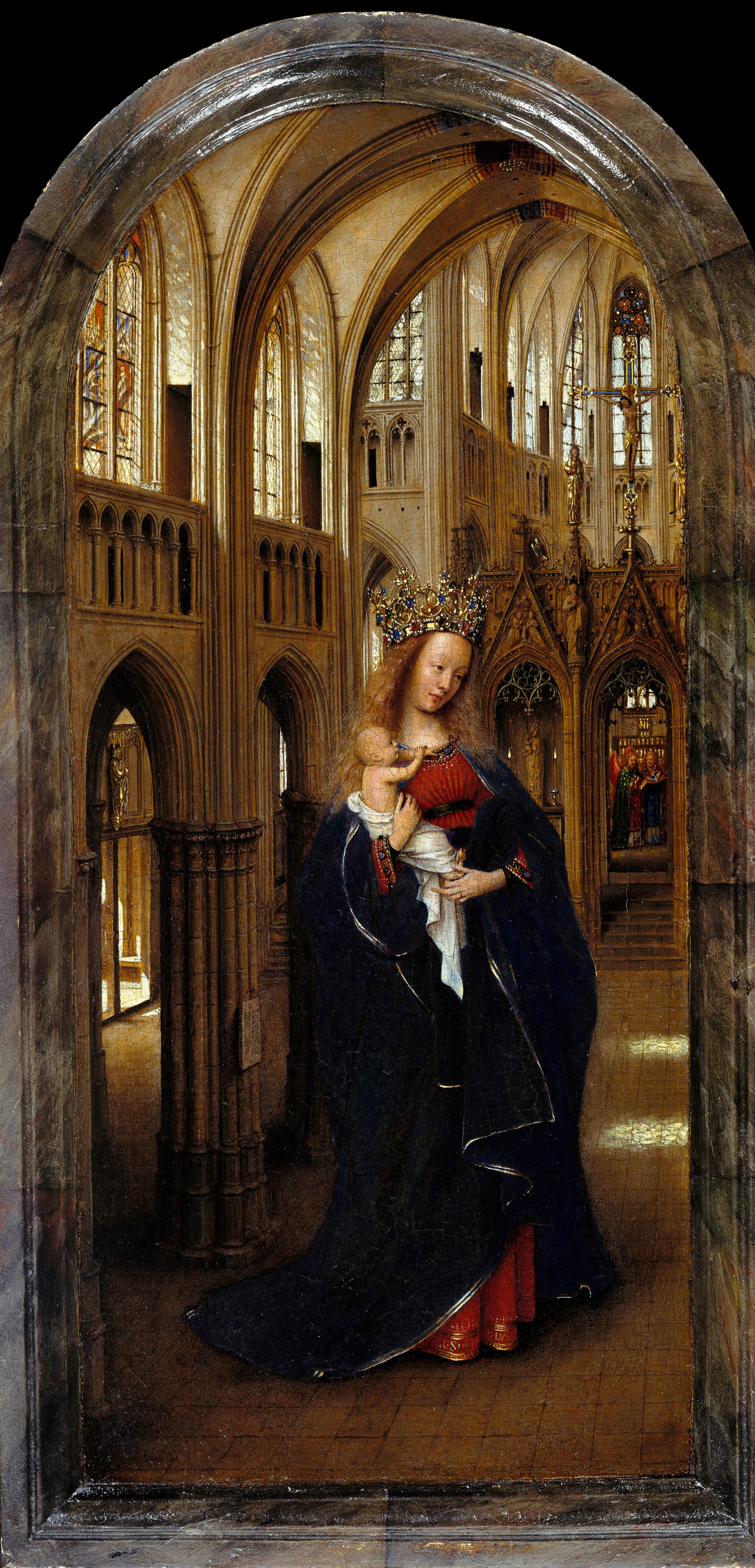
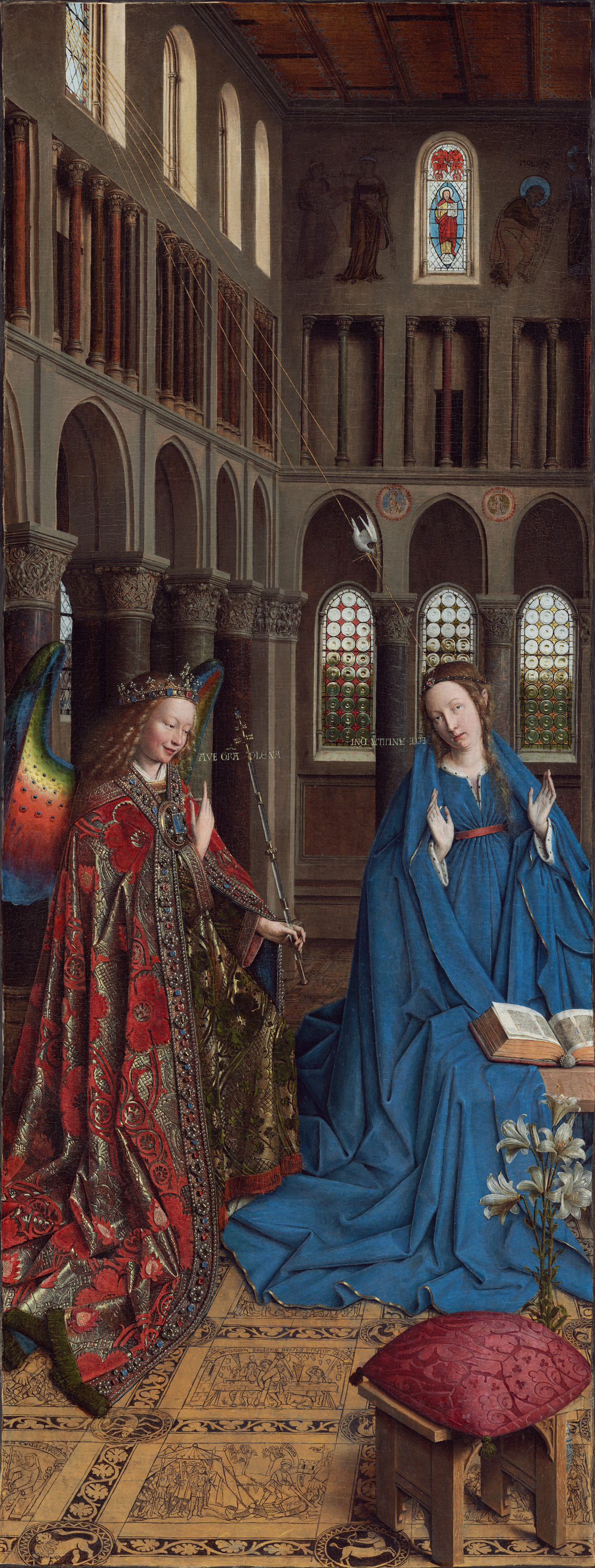
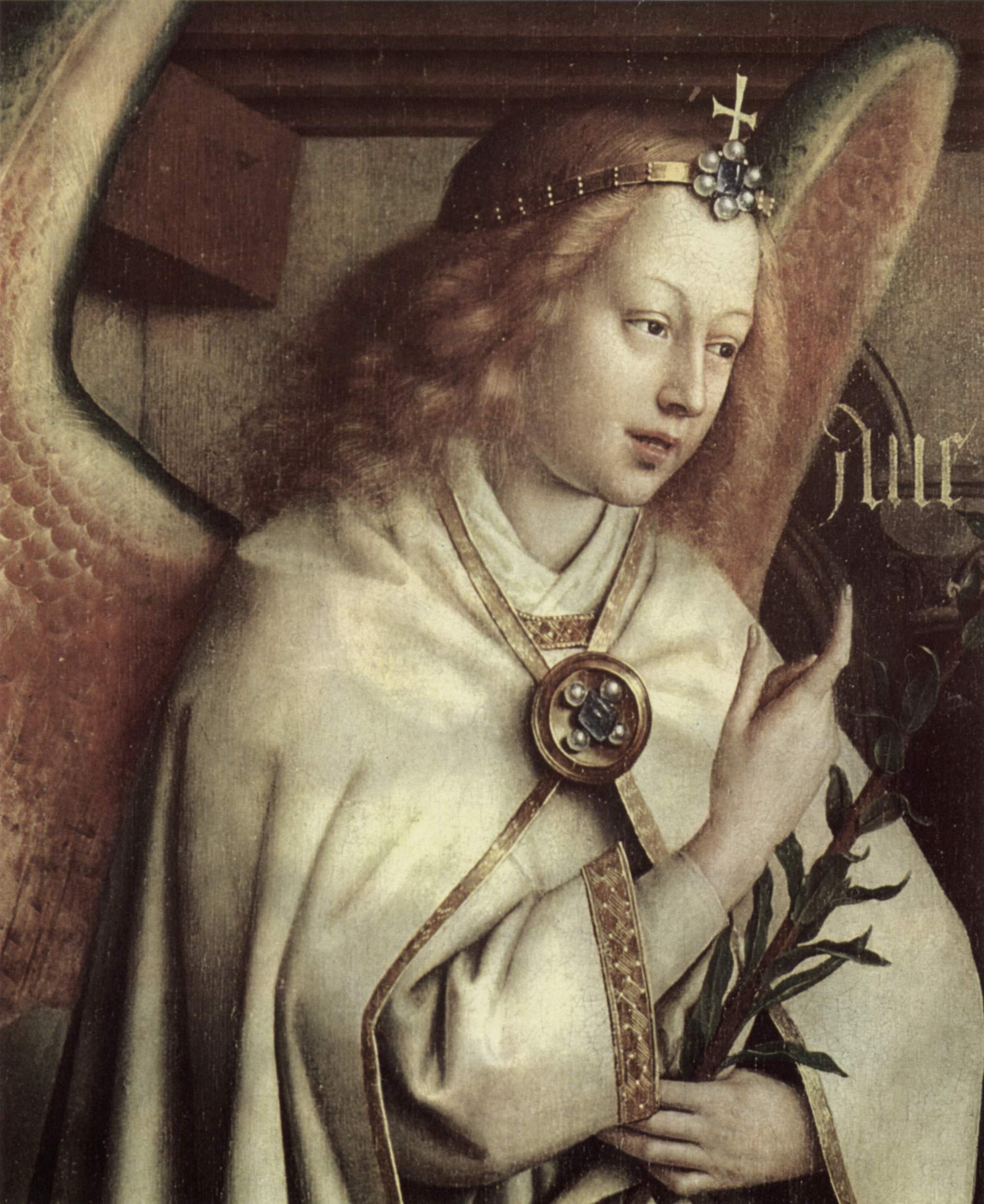
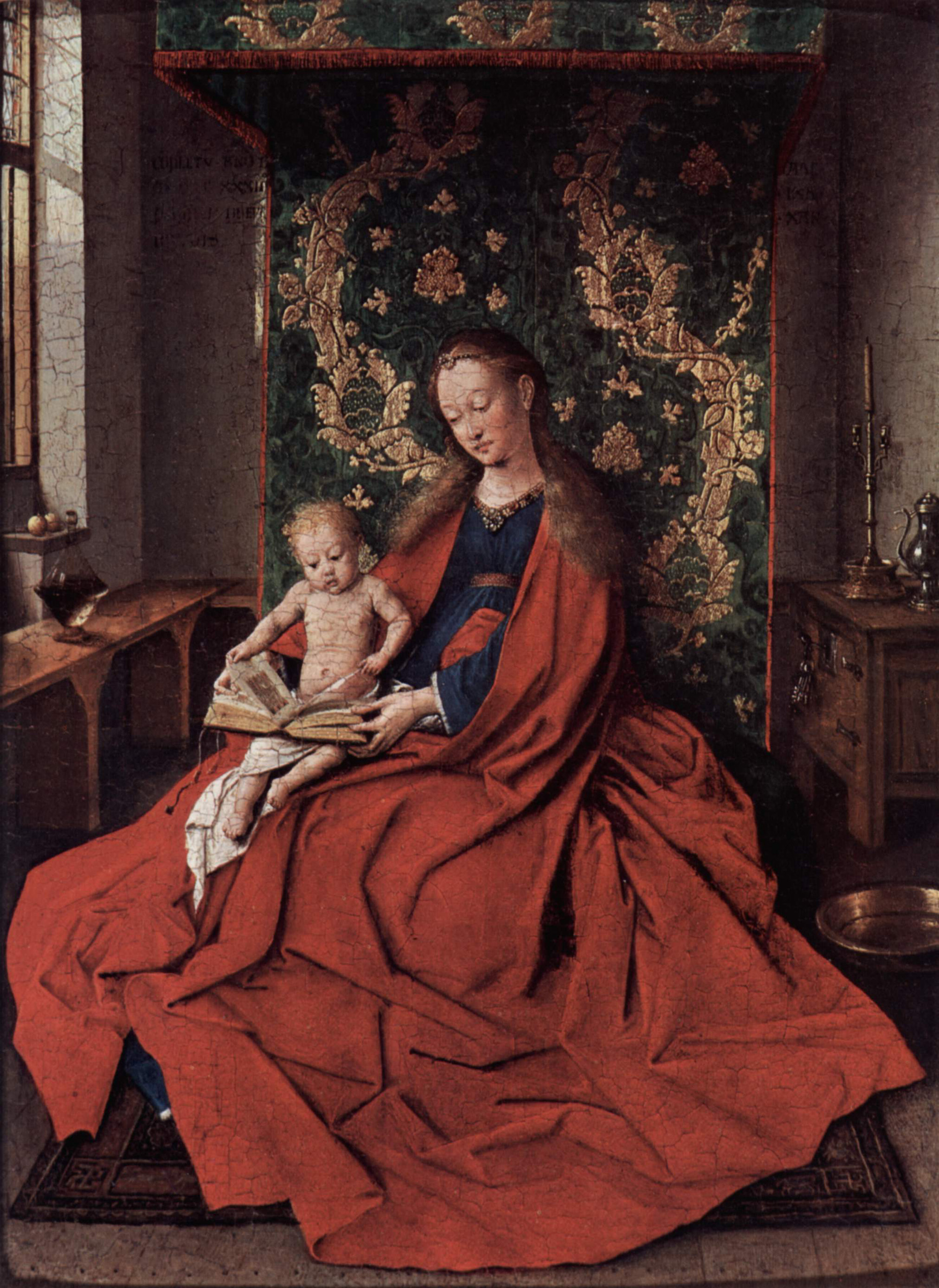

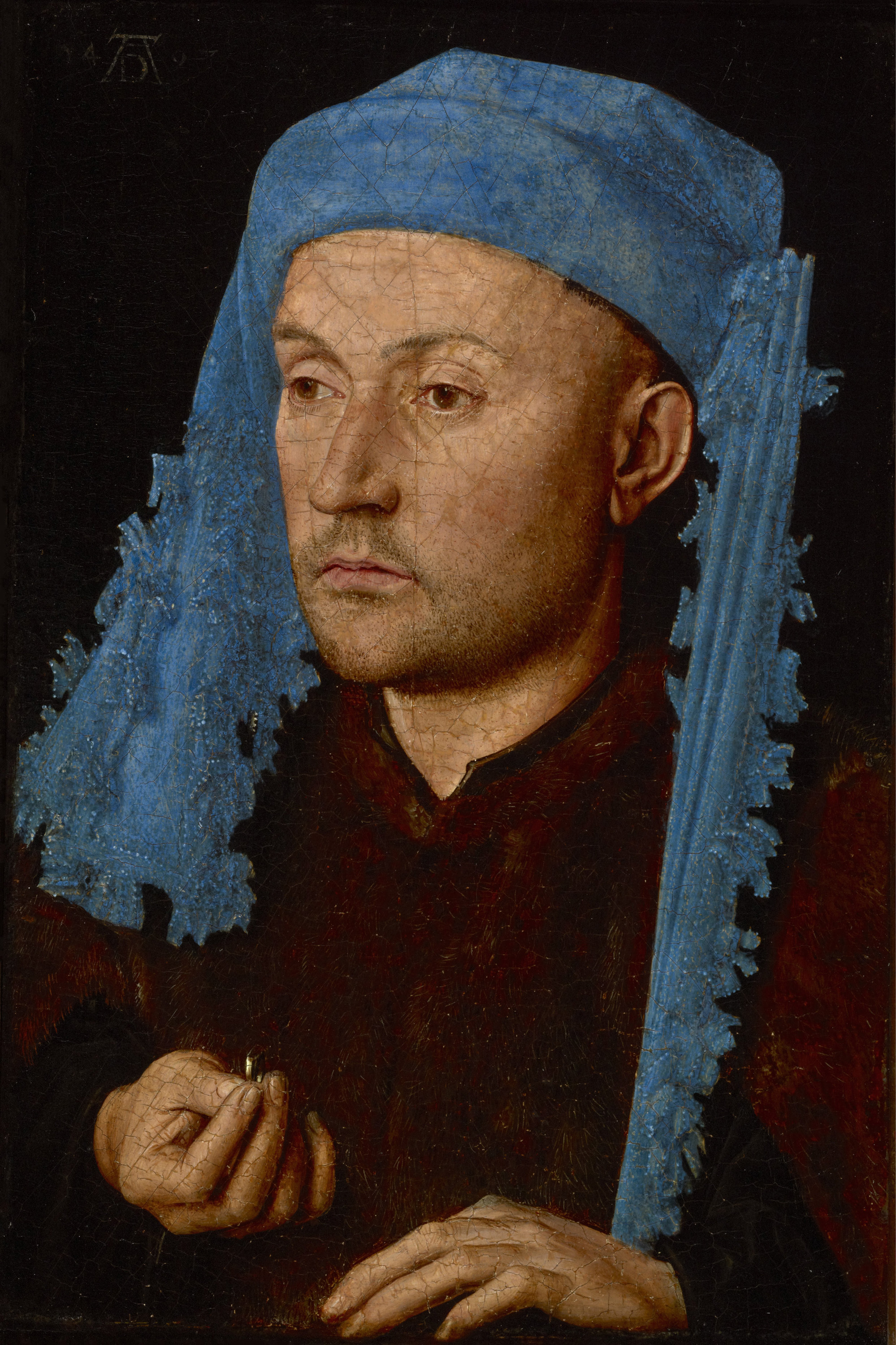

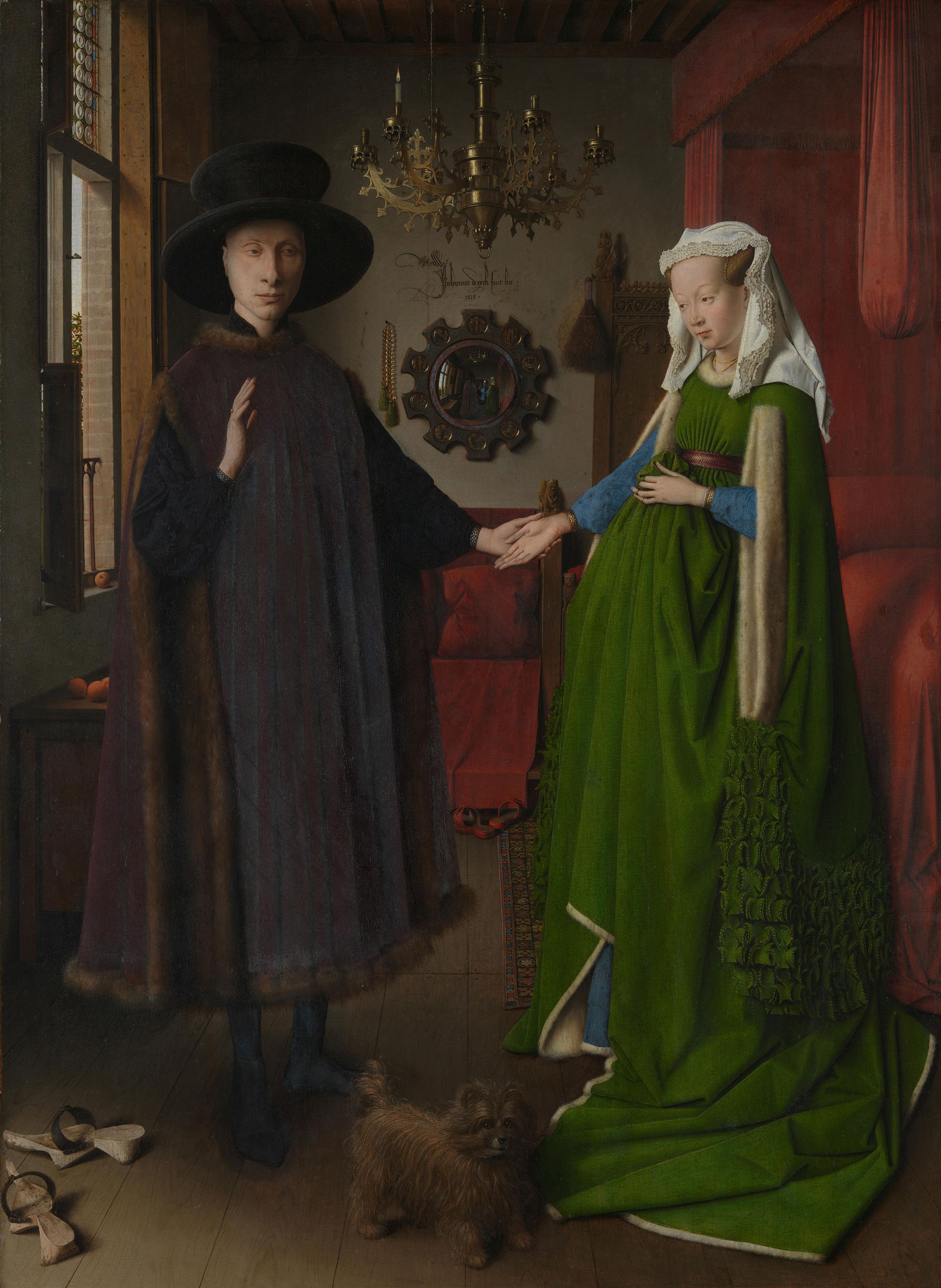
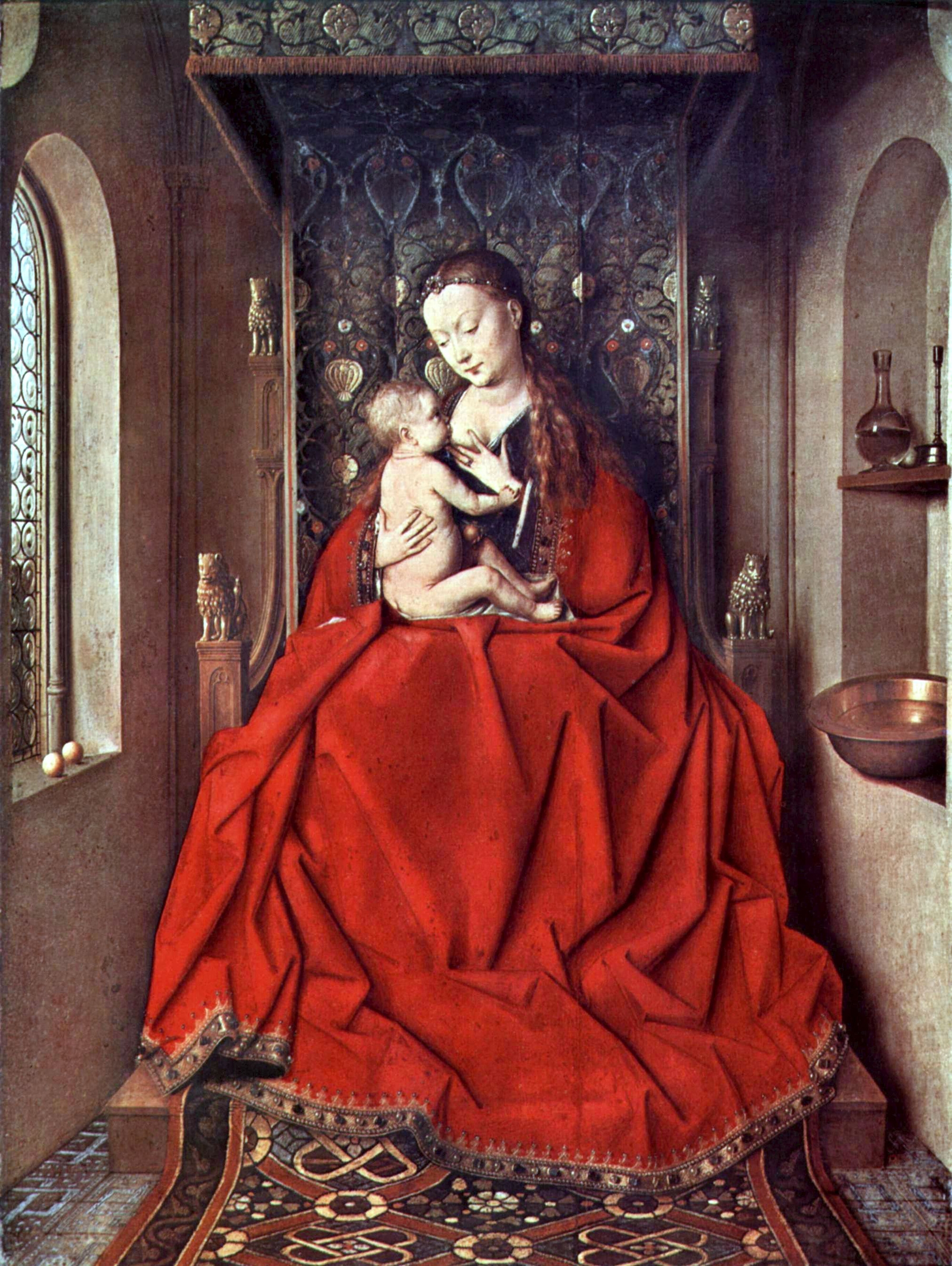
I love these thank you for sharing!